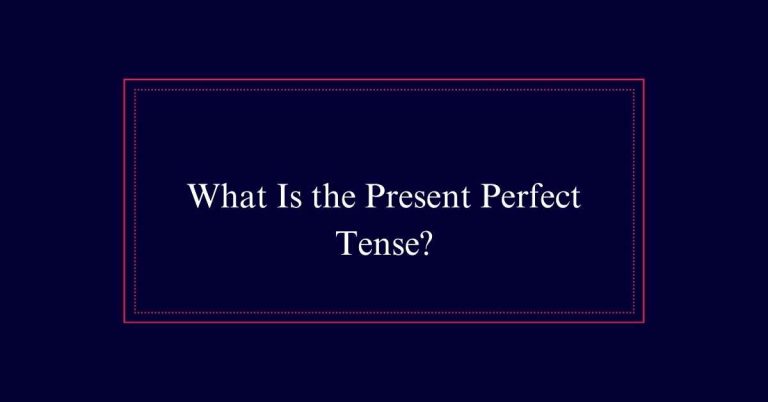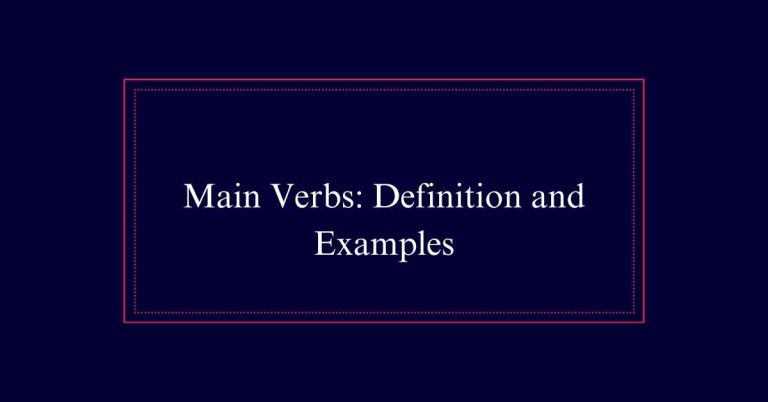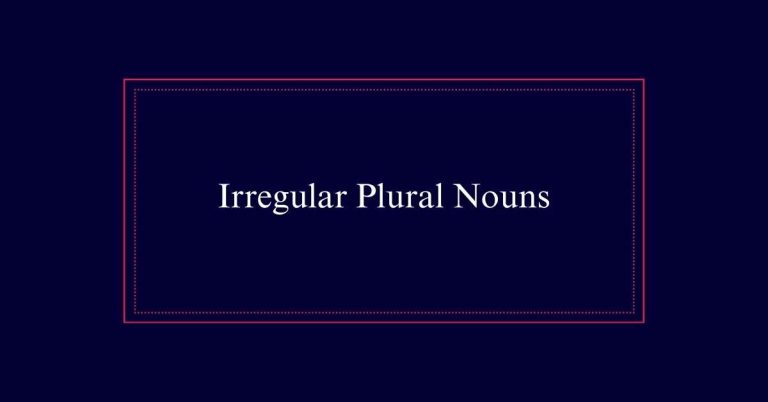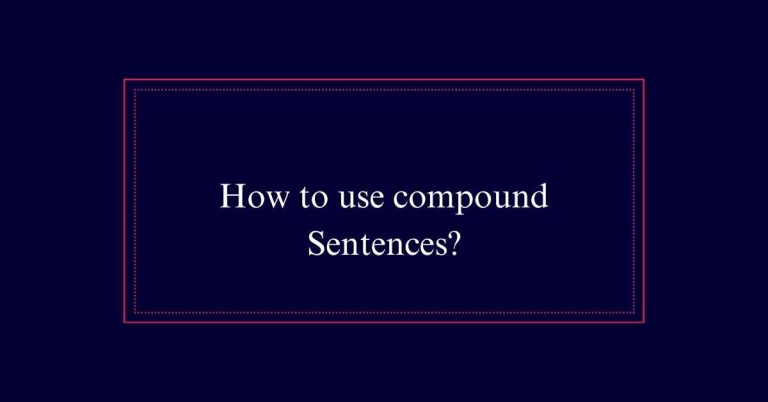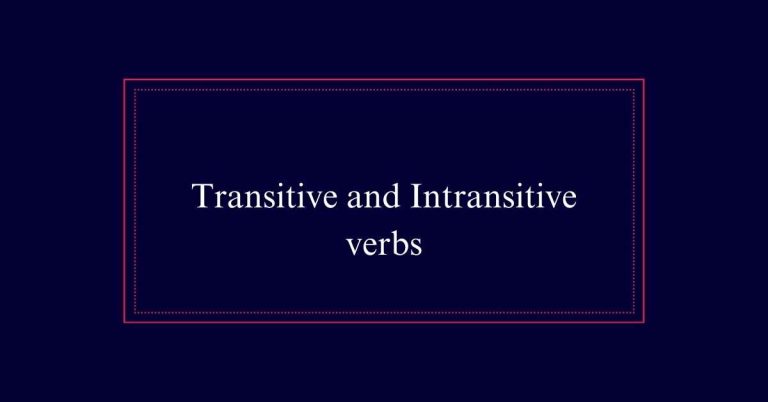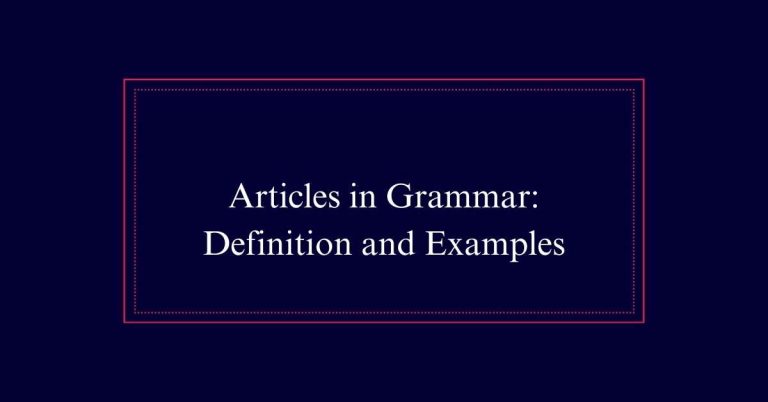Preposition: Examples and How to Use Them
Prepositions are essential in forming clear sentences by showing the relationship between nouns or pronouns and other words. They indicate where or when something occurs, such as ‘at,’ ‘on,’ and ‘in.’ For example, ‘The meeting is at noon,’ ‘She arrived on Monday,’ and ‘We will go in an hour.’ Direction prepositions include words like ‘to,’ ‘toward,’ and ‘through,’ as in ‘walking to the store.’ Location prepositions such as ‘under,’ ‘over,’ and ‘between’ help describe where objects are positioned.
What Is a Preposition?
A preposition is a word that shows the relationship between a noun or pronoun and other elements in a sentence. It indicates where or when something is in relation to something else. Prepositions are essential for understanding spatial relationships and abstract concepts like purpose or contrast.
They can describe the location of one noun in relation to another, such as ‘on the table’ or ‘under the bridge.’ Additionally, prepositions help in describing the position of objects or events. Common prepositions include words like ‘in,’ ‘at,’ ‘by,’ and ‘with.’
Importance of Prepositions
Prepositions are essential for conveying precise relationships and enhancing the clarity of communication. They help us understand where or when something is in relation to something else.
For instance, prepositions indicate spatial relationships, such as the position of objects, and also convey abstract ideas like purpose or contrast.
Types of Prepositions
Types of prepositions can be categorized into direction, time, location, and spatial relationships. Direction prepositions include words like ‘to,’ ‘toward,’ and ‘through.’ They show where something is pointing or moving.
Time prepositions, such as ‘at,’ ‘on,’ and ‘during,’ indicate specific times or durations. Location prepositions describe where something is situated, examples being ‘in,’ ‘at,’ and ‘on.’
Spatial prepositions, like ‘above,’ ‘below,’ and ‘next to,’ show the position of objects relative to each other. Understanding these categories helps in choosing the correct preposition for clear communication. Each type serves a distinct purpose, making our descriptions more precise and coherent.
Direction Prepositions
Direction prepositions, such as ‘to,’ ‘toward,’ and ‘through,’ indicate where something is pointing or moving. They help clarify the movement or direction of an object or person. For example, ‘She walked to the store’ shows a clear endpoint.
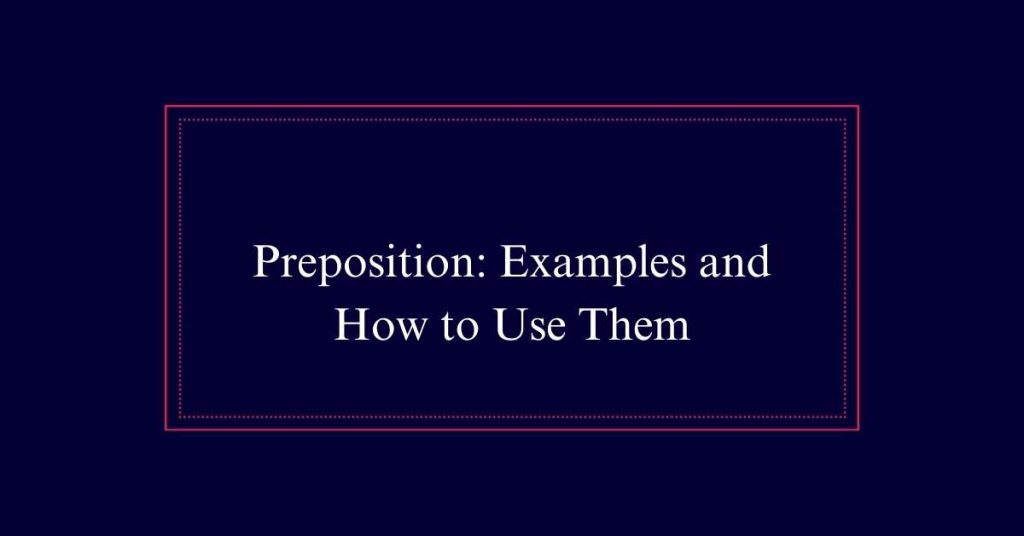
‘Toward’ suggests movement in a particular direction but not necessarily reaching a destination, as in ‘He moved toward the door.’ ‘Through’ indicates movement from one side to another, like ‘The car drove through the tunnel.’
Time Prepositions
Understanding the role of time prepositions is essential for conveying when an event occurs or its duration. Common time prepositions include ‘at,’ ‘on,’ and ‘in.’ Use ‘at’ for specific times, such as ‘at 3 PM.’
Use ‘on’ for days and dates, like ‘on Monday’ or ‘on July 4th.’
Use ‘in’ for longer periods, including months, years, and centuries, such as ‘in October,’ ‘in 2020,’ or ‘in the 18th century.’
These prepositions help provide clarity. They guarantee the reader understands the timing of events.
Location Prepositions
Just as time prepositions clarify when events occur, location prepositions describe where objects or events are situated. They help us understand the relationship between different elements in a sentence.
Common location prepositions include ‘in,’ ‘on,’ ‘at,’ ‘under,’ ‘above,’ ‘between,’ and ‘next to.’ For example, ‘The book is on the table,’ specifies the book’s position relative to the table.
Location prepositions are essential for clear communication, ensuring that the listener or reader knows exactly where something is. Correct usage of these prepositions enhances the precision of both spoken and written language.
Spatial Prepositions
How do spatial prepositions help us describe the position of objects in relation to each other?
They provide essential context by indicating the relative positions and orientations of objects. Spatial prepositions are indispensable in constructing clear and precise descriptions.
Examples of common spatial prepositions include:
- Above: Signifies a higher position in relation to another object.
- Below: Indicates a lower position.
- Between: Specifies a position in the middle of two objects.
- Beside: Describes an object next to another.
- Within: Refers to something inside boundaries.
Common Preposition Examples
Common prepositions such as ‘in,’ ‘on,’ ‘for,’ and ‘with’ are integral to constructing clear and precise sentences. These words help specify relationships between different elements within a sentence.
For instance, ‘in’ indicates inclusion within something, as in ‘The book is in the bag.’ ‘On’ refers to a surface, like ‘The vase is on the table.’ ‘For’ denotes purpose or benefit, as seen in ‘This gift is for you.’ Finally, ‘with’ indicates accompaniment, as in ‘She came with her friend.’
Ending Sentences With Prepositions
Ending a sentence with a preposition is a practice that has evolved in modern English usage. It is no longer considered grammatically incorrect. While some traditionalists prefer avoiding it in formal writing, everyday language often ends sentences with prepositions naturally. This approach can make writing sound more conversational and less stilted.
Here are some key points to keep in mind:
- Natural Flow: Ending sentences with prepositions can make the language sound more natural.
- Clarity: Focus on clarity and ease of understanding.
- Formality: Adjusting prepositions can alter the formality of a sentence.
- Elegance: Moving prepositions earlier can sometimes enhance elegance.
- Context: Consider the context and audience when deciding on preposition placement.
Avoiding Unnecessary Prepositions
Streamlining sentences by eliminating unnecessary prepositions can greatly enhance clarity and readability. Superfluous prepositions often lead to wordiness and confusion.
For instance, ‘Where are you at?’ is better stated as ‘Where are you?’ Removing the preposition ‘at’ makes the sentence clearer and more direct.
Similarly, ‘She sat down on the chair’ can be simplified to ‘She sat on the chair.’ Overusing prepositions makes writing appear flabby and convoluted.
Focusing on concise language without redundant prepositions improves the text’s impact. Always review your sentences to identify and eliminate any unnecessary prepositions.

